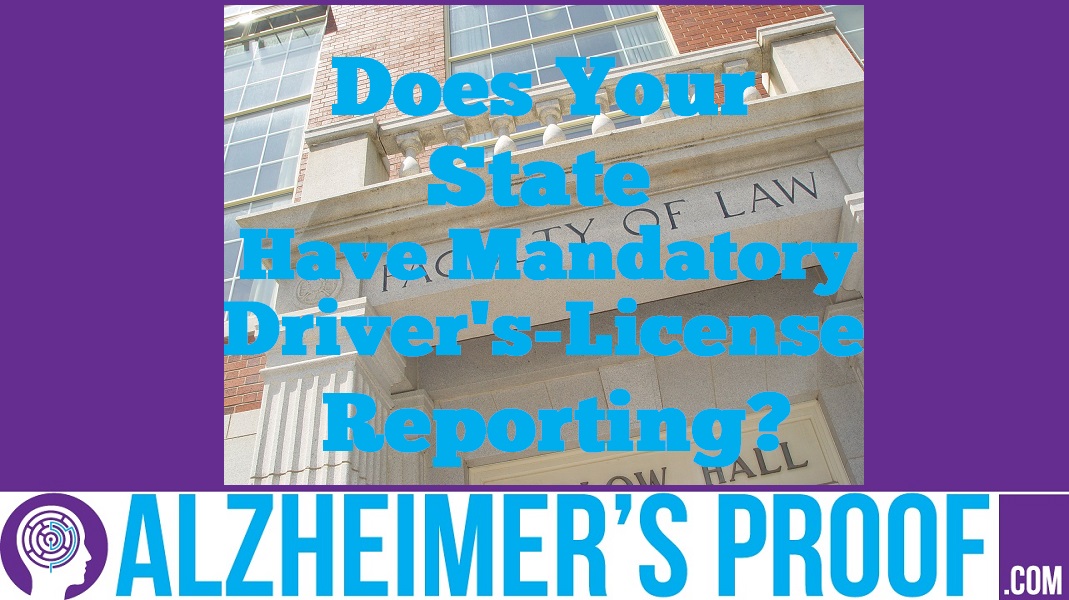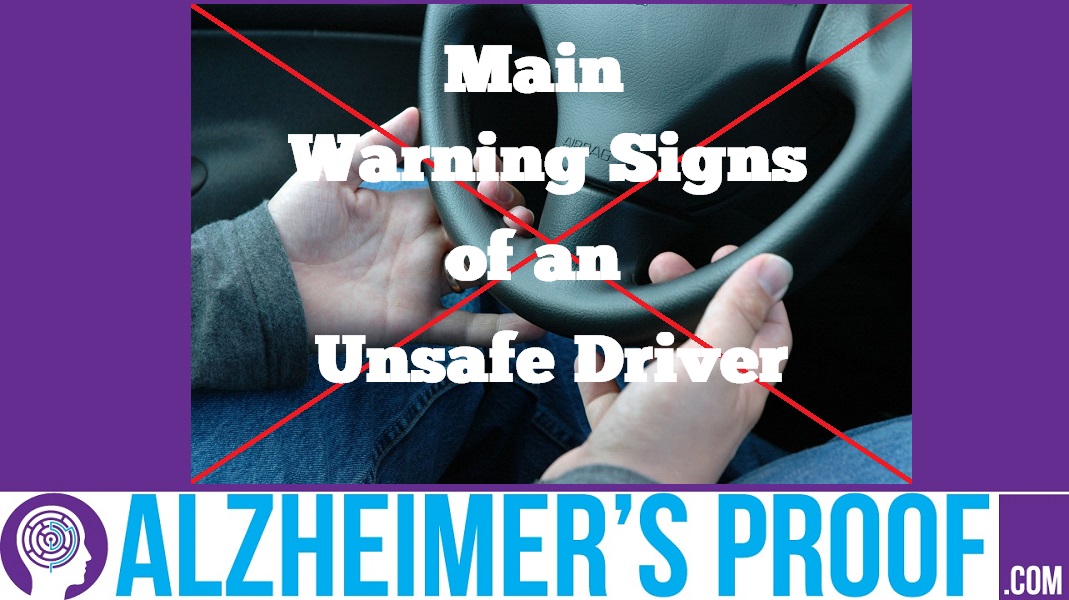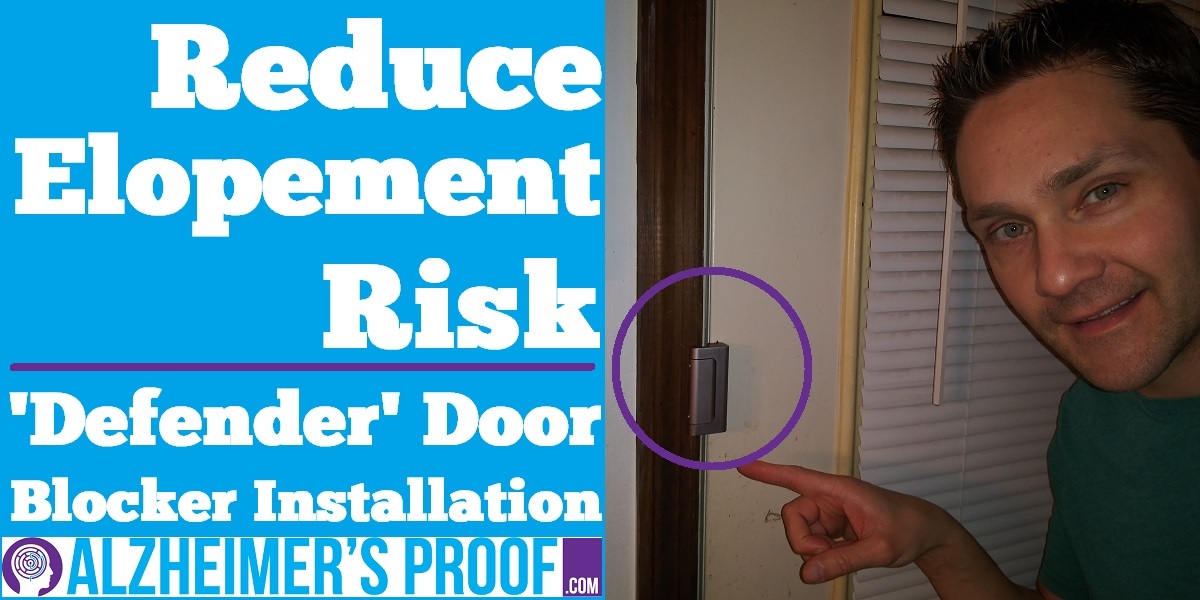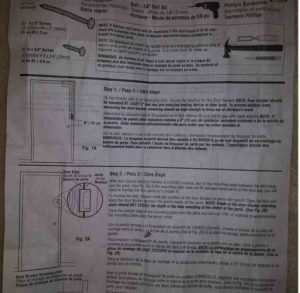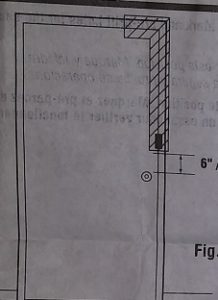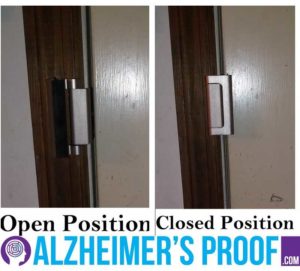Within the United States and Canada there are laws that require a physician to report a patients with neurological or cognitive disorders to a licensing agency, as those patients may be a danger behind the wheel of a vehicle.
This type of reporting is not mandatory across the entire United States. Currently, there are only six (6) states that mandate a physician to report on a patient’s ability to operate a motor vehicle. These six states include:
- California
- Delaware
- Nevada
- New Jersey
- Oregon
- Pennsylvania
Not all mandatory states direct their reporting law toward those who are afflicted with Alzheimer’s Disease or, indeed, any sort of dementia whatsoever. Below are some specifics around each mandatory state and what is defined in their law.
If you want to see and hear me present the material, feel free to watch the YouTube video that I prepared, here:
California
The state of California is the first that I will discuss. It’s a prime example of a state in which (a.) there is mandatory reporting, and (b.) that reporting is at least partially concerned with Alzheimer’s Disease expressly.
The California Legislative Information website (leginfo.legislatures.ca.gov) references chapter 3 – Disorders Characterized by Lapses of Consciousness [103900-103990].
103900 states: “Every physician and surgeon shall report immediately to the local health officer in writing, the name, date of birth, and address of every patient at least 14 years of age or older whom the physician and surgeon has diagnosed as having a case of a disorder characterized by lapses of consciousness.”
This law specifically includes Alzheimer’s Disease as a disorder that involves the requisite “lapses of consciousness.”
For additional information, see the entry on California – “What does California State Law say about Driving with Alzheimer’s?” – in my “50-State Guide to the Laws on Driving With MCI and Alzheimer’s.”
Delaware
In Delaware, the focus is on conditions that are characterized by “losses of consciousness.” In this respect, Delaware’s statutory language is similar to the “lapses of consciousness” verbiage present under California law.
Title 24 of the Delaware Code Online – Professions and Occupations Chapter 17, Medical Practice Act states: “Every physician attending or treating persons who are subject to losses of consciousness due to disease of the central nervous system shall report within 1 week to the Division of Motor Vehicles the names, ages and addresses of all such persons unless such person’s infirmity is under sufficient control to permit the person to operate a motor vehicle with safety to person and property.”
Again, for further reading, scroll down to “Delaware’s entry, HERE.
Nevada
Nevada is a good example of a state in which, while there is mandatory-physician reporting, it is not directed towards cognitive impairments such as dementia (of which, as we know, Alzheimer’s Disease is the most common variety). (On two ways of understanding the difference between Alzheimer’s Disease and dementia, see my YouTube video, HERE.)
According to the Bradley, Drendel & Jeanney law firm: “…Nevada laws can regulate the driving rights of individuals with epilepsy. In fact, doctors in our state are required to report epileptic seizures to the state’s Department of Motor Vehicles…”
You might be picking up on a recurring theme, here, but… for additional information, click down to “What does Nevada State Law say about Driving with Alzheimer’s?” in my 50-State Guide, HERE.
New Jersey
The New Jersey Academy of Ophthalmology, states, “NJ Law (N.J.S.A. 39:3-10.4) requires all physicians to report patients to the Motor Vehicle Commission within 24 hours after determining that a patient experiences any of the following: Recurrent convulsive seizures, recurrent period of unconsciousness or impairment, or loss of motor coordination due to conditions such as, but not limited to epilepsy in any of its forms which persist or recur despite medical treatment.”
Even so, New Jersey appears to be one of those states in which physicians could potentially be held liable, legally, if they don’t report potentially dangerous drivers.
While New Jersey law has established an elective reporting system for drivers with vision deficiencies and mandatory process for reporting specific neurological dysfunctions, there is no statute that protects a physician from liability if they have failed to report a patient that may cause injuries to a third party due to a condition known by the physician.
Given this, you might think that a New Jersey doctor will err on the side of reporting. And, I may be inclined to agree.
For more info, where do you think I’ll send you? My state guide, of course! Find it, HERE.
Oregon
The Oregon Driver & Motor Vehicle Services states: “Most medical professionals are required to report drivers who can no longer drive due to impairment.”
It is required of medical professionals to report on a patient’s impairment, even if that patient has agreed to give up driving.
The Oregon Secretary of State website similarly states: “…mandatory reporting by physicians and health care providers of those persons with severe and uncontrollable cognitive or functional impairments affecting a person’s ability to safely operate a motor vehicle.”
Cognitive impairments as specified in Oregon include: attention, judgement and problem solving, reaction time, planning and sequencing, impulsivity, visuospatial, memory and/or loss of consciousness or control.
Intuitively, this list is expansive enough to range over various cognitive impairments like dementia and Alzheimer’s Disease, even if they are not singled out for special or explicit attention.
See: “What does Oregon State Law say about Driving with Alzheimer’s?” which is a subsection of my longer, and more comprehensive (but certainly not exhaustive) reference, elsewhere on this website.
Pennsylvania
According to Schemery Zicolello Law Firm, the Pennsylvania Medical-Reporting Law requires health care personnel to report to the Pennsylvania Department of Transportation the full name, date of birth and address of every person over 15 years of age that is diagnosed as having a disorder or disability that could impair his/her ability to drive. In the list of reportable medical conditions, the attorneys specifically call out dementia.
That’s good enough for me.
If you want a bit more detail, scroll down to “Pennsylvania,” on my article, HERE.
Utah
Utah was mentioned in an article by National Center for Biotechnology Information (NCBI) as a reporting state. However, in the Fact Sheet for Patients and Families provided for Utah drivers, the indication for mandatory reporting by physicians is not present.
The document does state that the patient is expected to report and disclose their impairments to the department of motor vehicles.
So… I don’t find that Utah is actually a mandatory-reporting state.
For more, see: https://alzheimersproof.com/u-s-laws-on-driving-with-mci-and-alzheimers-disease/.
Concluding Remarks
Bear in mind that just because a state does not have mandatory-reporting laws, it should not be assumed that physicians won’t report anyway.
In the first place, a doctor might believe that it is his or her ethical duty to report a potentially dangerous driver – regardless of whether state law strictly requires that he or she do so.
Additionally, the physician’s other professional entanglements – for instance, his or her affiliation with a medical group or his or her professional-liability insurance – might have stricter requirements governing action steps in relevant cases.
Additional Information Or Resources
Over the course of several months, I compiled an article as a reference to U.S. Laws on Driving with MCI and Alzheimer’s Disease which provides a guide on all 50 states and their associated laws.
Another of my references is the post Canadian Laws on Driving with MCI and Alzheimer’s Disease which outlines comparable laws specified within the Canadian provinces.
You might also want to consult the National Highway and Traffic Safety Administration at their website: https://www.nhtsa.gov.
Moreover, in the Physician’s Guide to Assessing and Counseling Older Drivers, Chapter 7, Legal and Ethical Responsibilities of the Physician, some important key terms are defined. Here are a few highlights.
Mandatory Medical Reporting Law States: In some states, physicians are required to report patients who have specific medical conditions (e.g., epilepsy, dementia) to their state Department of Motor Vehicles (DMV). These states generally provide specific guidelines and forms that can be obtained through the DMV.
Physician Reporting Law States: Other states require physicians to report ‘unsafe’ drivers to their state DMV, with varying guidelines for defining ‘unsafe.’ The physician may need to provide (a) the patient’s diagnosis and (b) any evidence of a functional impairment that can affect driving (e.g. Results of neurological testing) to prove that the patient is an unsafe driver.
Physician Liability States: Case law illustrates situations in which the physician was held liable for civil damages caused by his/her patient’s car crash when there was a clear failure to report an at-risk driver to the DMV prior to the incident.
On the NHTSA’s website, a survey of medical review practices can be found that indicate while all 51 jurisdictions accept reports of potentially unsafe drivers from physicians, only 6 jurisdictions require physicians to report drivers to the motor vehicle agency.
Another helpful article on NHTSA’s website is ‘Current Screening and Assessment Practices’. This article summarizes the legal requirements in each of the six mandatory reporting states.
Another helpful resource is the National Center for Biotechnology Information, the website for which can be found, here: https://www.ncbi.nlm.nih.gov.
National Library of Medicine, National Institutes of Health contains an article within the Journal of General Internal Medicine (abbreviated “J Gen Intern Med”). Of interest is an article titled “Reporting by Physicians of Impaired Drivers and Potentially Impaired Drivers,” which mentions that virtually all states have established policies for the identification of drivers with physical or mental impairments, however, the reporting is voluntary with the exception of specific states.[1]
Additional references on AlzheimersProof.com include:
“Is it Legal to Drive with Alzheimer’s Disease?”
This is a resource regarding the legalities of driving with Alzheimer’s or another cognitive disorder. This is not legal advice, simply research and research leads presented in a comprehensive article to assist in locating additional sources for further information. You can find additional information and important aspects specific to your state within my 50-State legal guide, HERE.
“Are Drivers with Alzheimer’s more Dangerous than Others?”
The above article, also on my website, goes into a discussion about a number of factors that may impact a person’s ability to drive, given their cognitive or mental state. This not only addresses that Alzheimer’s Disease occurs in stages (for more on which, see HERE), but also addresses some concerns around other cognitive impairments.
“Is it Safe to Drive with Alzheimer’s?”
I also have an article – and a companion video (see my YouTube channel, HERE) – talking specifically about considerations of driving safety, apart from an explicit discussion on any legal requirements.
Now, if it gets to the point where you have to actually restrict your loved one’s access to the vehicle (and I sympathize with you if this happens), then you might find something of use in the above resource.
“How do you Alzheimer’s Proof a Car?”
The final piece that I’ll note, here, is a general article that I did on the question of how to “Alzheimer’s Proof” a car. Recall that Alzheimer’s Proofing is akin, in this context, to baby proofing or childproofing. For more on this, see HERE.
Disclaimer
Please note – this article should not be treated as providing legal or medical advice, but purely as a reference that provides general information in regards to the laws that require a physician contact a licensing bureau in regards to a patient’s ability to operate a vehicle. This post is given as-is; I do not warrant that the information is accurate or complete. But I provide the information in good faith and I believe, to the best of my knowledge, that it is reliable.
Notes:
[1] As noted in the main text, the article’s list of states includes Utah, while in other references, Utah is not mentioned as a mandatory state.

